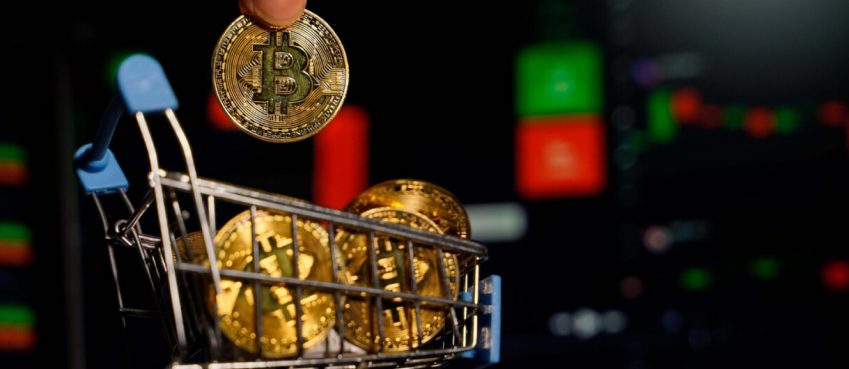
Agreeing on Money
While a vendor or seller might default to her nation’s legal tender – such as US Dollar, British Pound Sterling or Euro – there are usually no laws requiring the acceptance of fiat, with the exception of government fees, fines, and – of course -taxes. In free and open markets, the parties of an exchange might settle to use a commodity, promise of a future service or debt obligation. In short, in the context of “payment” what the parties refer to as “money” is usually a secondary agreement.
Medium of Exchange
The First Electronic Cash?
Until recent, consumers requiring bearer instruments for peer-to-peer transactions with immediate settlement were mostly limited to IOUs printed as bank notes, commonly referred to as ‘cash’. In October 2008, a paper published under the pseudonym Satoshi Nakamoto introduced the concept of a peer-to-peer electronic cash system referred to as ‘Bitcoin’. As the paper explains, entries in Bitcoin’s ledger are protected from manipulation by a cryptographic scheme, which hashes transactions in time-stamped intervals into blocks. This function inspired the term “blockchain” to describe a decentralized, public ledger and “cryptocurrency” – “crypto,” for short – for the denomination of entries on that ledger – a rather unfortunate terminology that has led to much confusion among software developers and regulators alike. Similar to the architecture of the Internet, Blockchains do not rely on a single entity or consortium; entries on blockchains can be created by anybody operating the software. A sophisticated combination of encryption and game mechanics ensure that transactions performed on a blockchain are next to impossible to alter. The latter quality – also present in other blockchain-native assets, such as Ethereum’s ether – made bitcoin (the lower case ‘b’ differentiating the asset from the blockchain) the first ever digital bearer instrument – however, not necessarily ‘cash’.
Digital Bearer Instruments
Store of Value
Cryptocurrencies
Unit of Account
Conclusions
Historical definitions of money and currencies do not account for the current state of technology in general and blockchain-based solutions on particular. Money – as unit of account – can be understood as language, without regard to a particular store of value function. As such, there is sufficient evidence by now that “cryptocurrencies” will continue to fail in supplementing fiat currencies in a meaningful way as “money” – similar to the failed approach of introducing an artificial world language (Esperanto). While stable coins – in form of fiat-pegs – might play a small intermediary role on the way to a solution, a successful blockchain-based architecture must implement currency as protocol through consumer-facing applications that provide a seamless bridge to legacy technologies created for fiat. Just as the voice-over internet protocol (VoIP) empowered Skype to challenge phone carriers worldwide, this final step — which legitimately defines “money-over IP” — will redefine money.
Top 10 News
-
01
Top 10 Deep Learning Multimodal Models & Their Uses
Tuesday August 12, 2025
-
02
10 Google AI Mode Facts That Every SEOs Should Know (And Wha...
Friday July 4, 2025
-
03
Top 10 visionOS 26 Features & Announcement (With Video)
Thursday June 12, 2025
-
04
Top 10 Veo 3 AI Video Generators in 2025 (Compared & Te...
Tuesday June 10, 2025
-
05
Top 10 AI GPUs That Can Increase Work Productivity By 30% (W...
Wednesday May 28, 2025
-
06
[10 BEST] AI Influencer Generator Apps Trending Right Now
Monday March 17, 2025
-
07
The 10 Best Companies Providing Electric Fencing For Busines...
Tuesday March 11, 2025
-
08
Top 10 Social Security Fairness Act Benefits In 2025
Wednesday March 5, 2025
-
09
Top 10 AI Infrastructure Companies In The World
Tuesday February 11, 2025
-
10
What Are Top 10 Blood Thinners To Minimize Heart Disease?
Wednesday January 22, 2025







